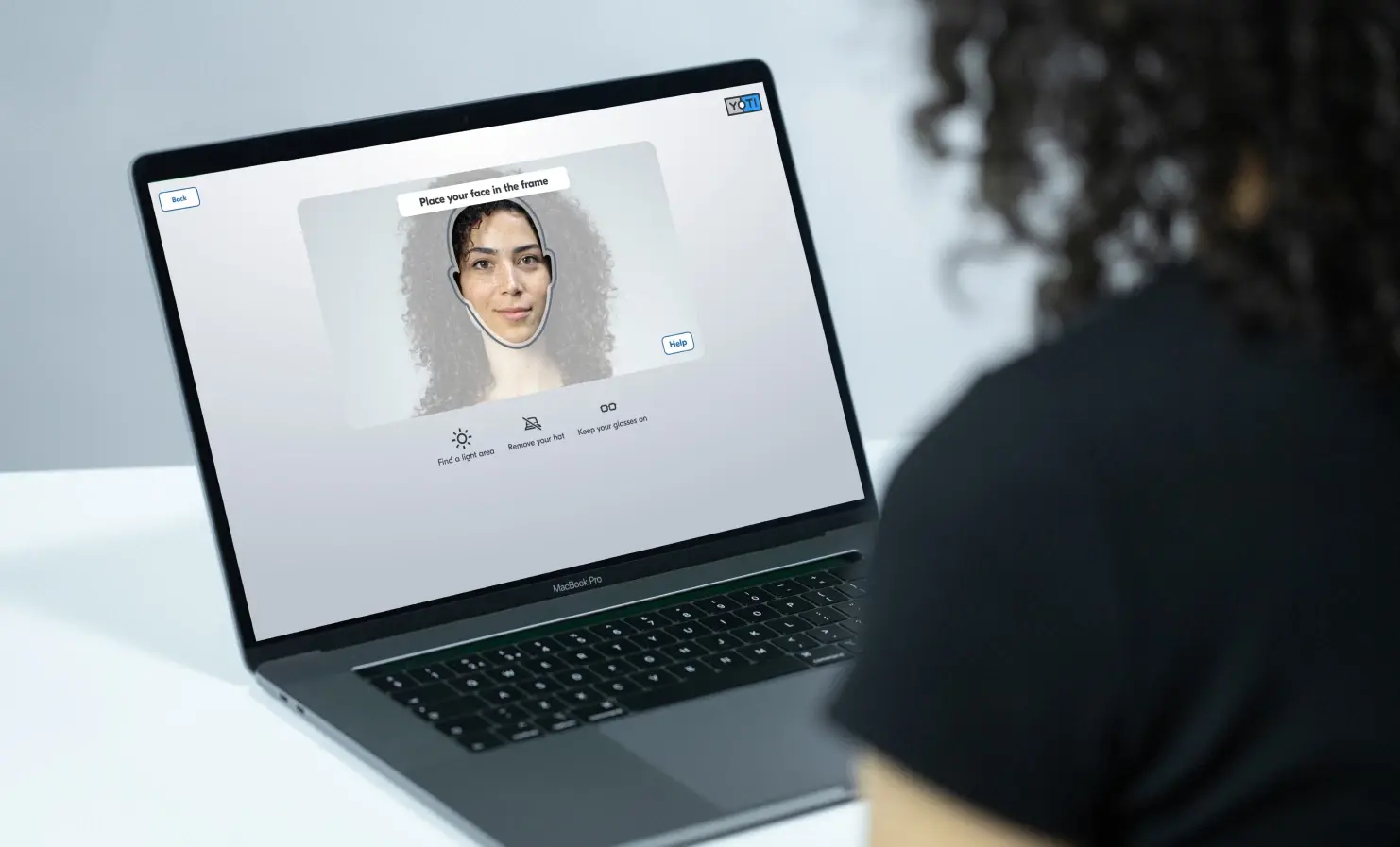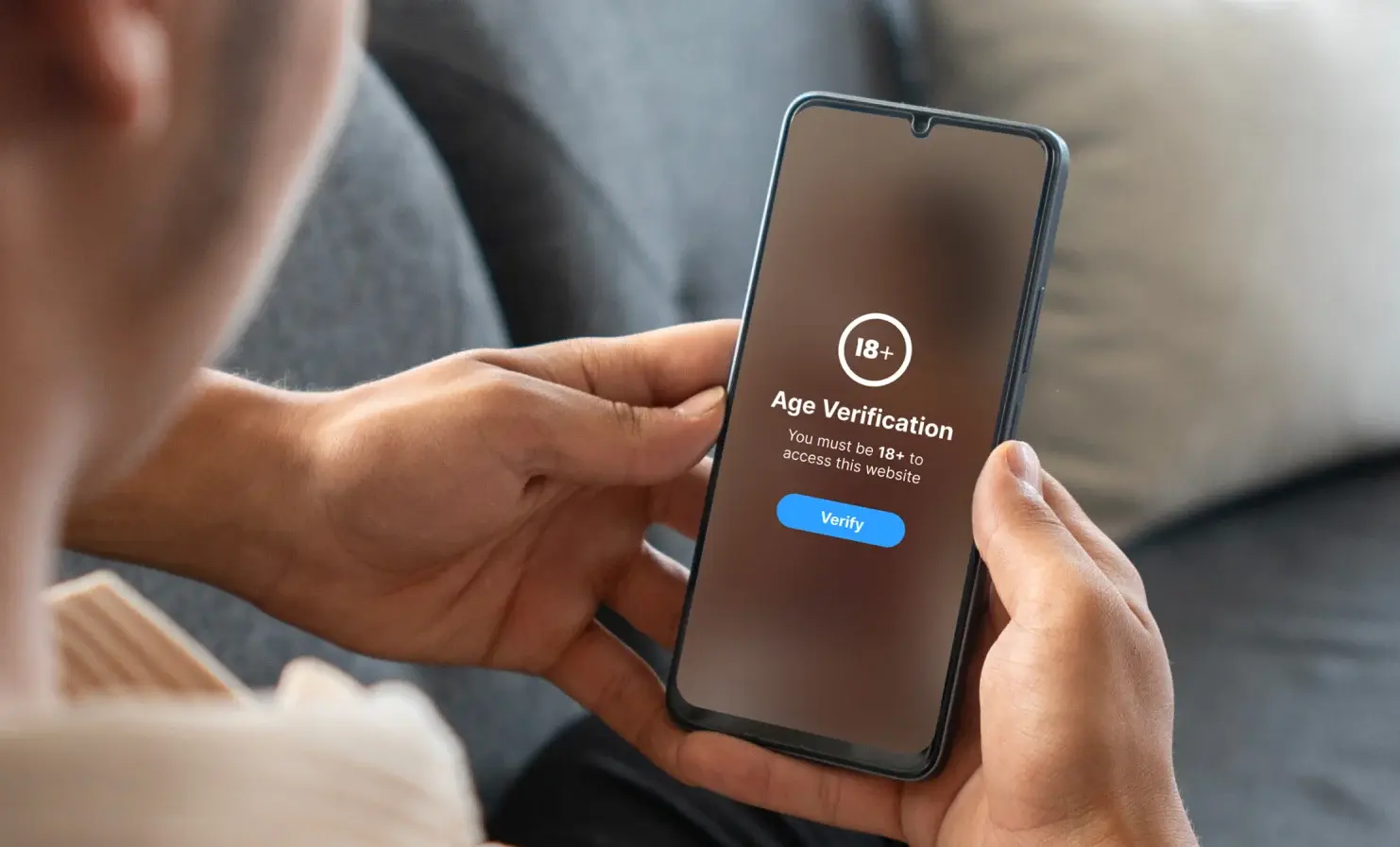Age assurance
BAT and the Channel Islands Coop roll out Yoti facial age estimation in stores to combat underage access
BAT and Channel Islands Coop have partnered to launch Yoti facial age estimation technology in stores across Jersey. The initiative aims to combat underage access across all age-gated product categories Forms part of BAT’s large-scale facial age estimation technology deployment in more than 600 stores across Europe Early results from BAT pilot in Europe show a 99% accuracy rate. 99.3% of 13 to 17 year olds will be correctly estimated as under the age of 21* London, UK – 16th October 2025 – British American Tobacco (BAT) has announced it has partnered with The Channel Islands Co-operative Society
Yoti excels in Australia’s age assurance benchmarking: A privacy-first approach with high accuracy
London, UK – 31st August 2025 – UK-based digital identity company, Yoti, has today been recognised as one of the leading providers in Australia’s national Age Assurance Technology Trial (AATT) benchmarking, demonstrating exceptional performance in privacy, usability and accuracy for both age verification and age estimation. The independent evaluation highlights Yoti’s commitment to balancing user privacy with robust assurance, confirming Yoti’s technology as one of the most privacy-forward solutions in the trial. Privacy by design and international standards compliance Yoti’s systems for age verification and age estimation demonstrated accuracy levels suitable for real-world application, meeting the highest Technology
Digital ID for the Online Safety Act: effective, private, reusable
For years, we’ve helped businesses carry out millions of age checks – particularly using our facial age estimation technology, which offers a quick, privacy-preserving way to estimate someone’s age without collecting personal details. But since the UK Online Safety Act came into force on 25th July, we’ve seen growing demand for our Digital ID. More people are choosing it as a secure and privacy-preserving way to prove their age online. In fact, when the Online Safety Act came in, Yoti was the second most popular app in the App Store. Whether it’s to access age-restricted content or platforms, people
Meet our anonymous facial age estimation technology
We developed our facial age estimation technology to provide a secure and private way to prove your age, without sharing identity documents or personal details like name or date of birth. It’s fast, accurate and anonymous. Here’s how our facial age estimation technology works, how it’s designed and why it’s one of the most privacy-friendly solutions available. What is facial age estimation? Facial age estimation is a safer and easier way to prove your age to access age-restricted goods, services and content. Completing a facial age estimation takes seconds – all you need to do is take a
Why am I being asked to prove my age online?
If you’ve recently been asked to prove your age while trying to access a website, use an app or watch a video online, you’re not alone. The UK’s Online Safety Act is now in force. From 25th July 2025, businesses are required, by law, to take stronger steps to protect children from harmful or inappropriate content online. One of the biggest changes is the introduction of age checks for online users. We break down exactly why you’re being asked to prove your age, how it works, what it means for your privacy and how we’re helping make age checks
Yoti supports platforms as UK’s Online Safety Act comes into force
Today marks a major moment for the internet in the UK: the country’s new Online Safety Act officially comes into force, bringing in a new chapter of accountability for digital platforms and service providers. From social media and gaming, to porn and dating, we’re pleased to be supporting platforms with highly effective, robust and privacy-preserving age assurance solutions. The legislation requires platforms to protect children from harmful or inappropriate content, prevent underage access, and build safer digital environments. Yoti’s age assurance technology is helping platforms to meet these new standards whilst protecting user privacy and anonymity. We’ve also been






